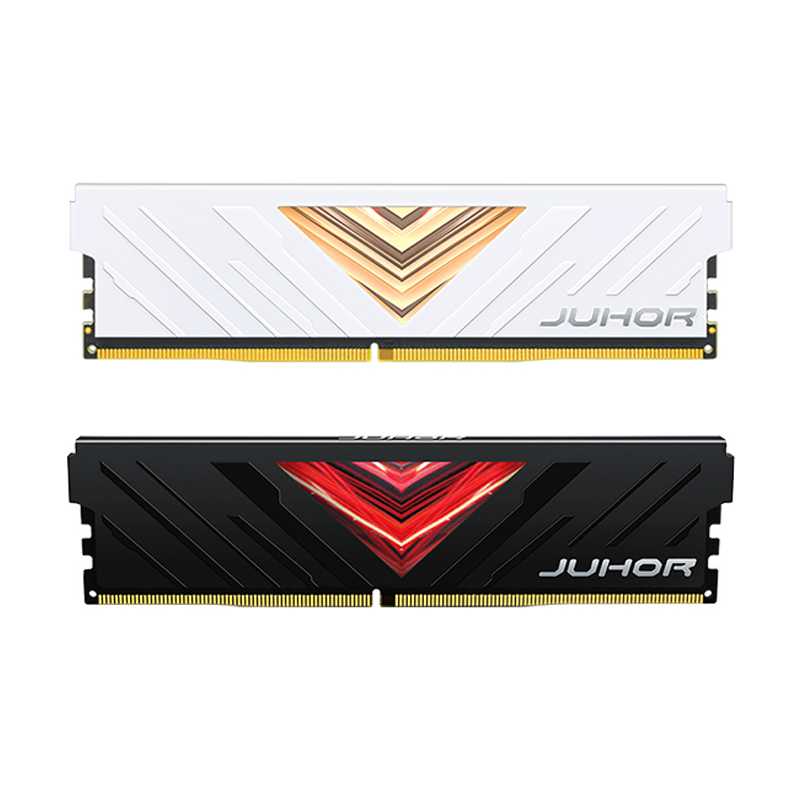Modern computers rely heavily on RAM speed and configuration to achieve smooth and efficient performance. While memory frequency and capacity often get most of the attention, the memory channel configuration—such as dual-channel or quad-channel memory—plays a major role in determining how efficiently your system handles data. Understanding the differences between these configurations helps users choose the right setup for their performance needs and budget.
To begin, dual-channel memory is a configuration that uses two independent memory channels to communicate between the CPU and RAM. Each channel transfers data simultaneously, effectively doubling the data bandwidth compared to single-channel mode.
In simple terms, if one channel allows data to flow at a certain rate, having two channels allows twice as much information to move at the same time. This setup enables faster performance in data-intensive tasks such as gaming, video editing, and multitasking. Most modern motherboards and CPUs support dual-channel memory, making it the most common and cost-effective configuration for personal computers.
However, it’s important to use matched memory modules—same capacity, speed, and brand—to ensure stability and maximum performance. When properly configured, dual-channel memory can significantly improve the responsiveness of your system without the need for expensive hardware upgrades.

In contrast, quad-channel memory uses four channels instead of two. This allows data to be transferred across four parallel paths, greatly increasing total bandwidth. As a result, systems running quad-channel memory can handle larger datasets and more simultaneous operations without slowing down.
This configuration is typically found in workstations and high-end desktop platforms designed for professional workloads such as 3D rendering, scientific computing, or video production. The additional channels help reduce memory bottlenecks, especially when applications need constant access to large amounts of data.
However, quad-channel memory requires specific support from both the CPU and motherboard. Not all consumer platforms are compatible, and it often costs more due to the need for four identical DDR memory modules. Despite the higher cost, the performance benefits can be substantial for users dealing with heavy workloads.
When comparing dual-channel vs. quad-channel DDR memory, the main performance difference lies in bandwidth—the amount of data that can be transferred per second. In theory, quad-channel memory can provide up to twice the bandwidth of dual-channel memory. For example, dual-channel DDR4 memory operating at 3200MHz offers around 51.2 GB/s of bandwidth, while a quad-channel setup at the same frequency can reach 102.4 GB/s.
However, real-world performance gains depend on how memory-intensive the tasks are. For everyday tasks such as web browsing or office applications, the difference is usually minimal. But in professional applications—like CAD modeling, video editing, or simulation—quad-channel DDR memory can make a noticeable impact by speeding up rendering times and improving overall system responsiveness.
In summary, while both configurations improve performance compared to single-channel setups, quad-channel memory provides greater scalability for demanding environments where data transfer speed is critical.
Before choosing between dual-channel and quad-channel DDR memory, it’s essential to check hardware compatibility. Most mainstream CPUs and motherboards support dual-channel memory by default. Quad-channel configurations are typically reserved for workstation-class CPUs, such as Intel Xeon or AMD Threadripper series, which have larger memory controllers.
When setting up memory, it’s also vital to install modules in the correct slots as indicated in the motherboard manual. Mixing different capacities or speeds can cause the system to revert to single-channel mode, reducing performance. Therefore, always use identical DDR memory sticks in matched pairs or sets of four for quad-channel operation.
Additionally, ensure your system BIOS is configured correctly to recognize the installed channels. Some systems automatically enable multi-channel mode, while others may require manual adjustment.

While quad-channel DDR memory provides higher throughput, it also comes with trade-offs. More memory modules consume slightly more power and generate additional heat, which might not be ideal for compact or energy-efficient systems. Additionally, the price difference between two and four high-capacity modules can be significant.
For most users, dual-channel memory offers the best balance between performance, cost, and compatibility. It delivers excellent speed for gaming, multitasking, and general computing. On the other hand, quad-channel memory is recommended for professionals handling data-heavy workloads who need every bit of available bandwidth.
Ultimately, the “best” configuration depends on how you use your system. If your work involves memory-intensive operations or large-scale computing, quad-channel memory justifies its investment. Otherwise, dual-channel setups are more than sufficient for most use cases.
Regardless of whether you use dual-channel or quad-channel DDR memory, optimization can further enhance system efficiency. Updating the BIOS, enabling XMP (Extreme Memory Profile) settings, and maintaining adequate cooling can all contribute to stable and high-speed operation. It’s also advisable to use quality memory modules from reputable manufacturers to ensure reliability and long lifespan.
Regular monitoring of memory performance through diagnostic tools can help identify potential bottlenecks or compatibility issues early. Proper setup and maintenance ensure that your DDR memory performs at its full potential.
Choosing between dual-channel and quad-channel DDR memory depends on your specific computing needs, budget, and hardware compatibility. Dual-channel memory offers strong performance for general users and gamers, while quad-channel configurations deliver unmatched bandwidth for professionals who demand top-tier efficiency.
Both configurations play an essential role in enhancing data transfer speeds, reducing latency, and improving overall system responsiveness. By understanding how each mode works, users can make smarter decisions when upgrading or building their computers.
For users and businesses seeking dependable, high-performance DDR solutions, Juhor offers advanced memory products that combine stability, speed, and efficiency. As a professional DDR memory supplier, Juhor continues to provide reliable storage and memory solutions tailored to meet the needs of modern computing systems.